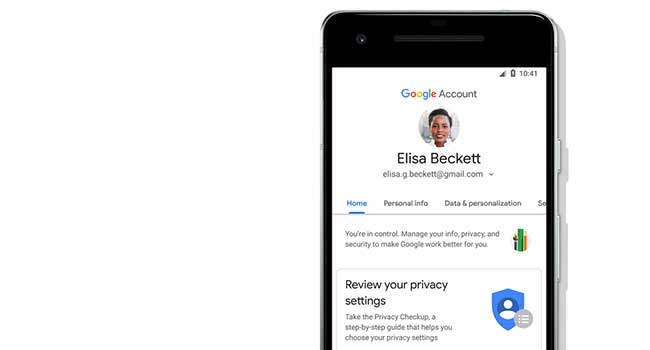
Google Gives Users Better Access to Privacy & Security Settings
Google has announced it has overhauled it's privacy and security settings service
- By Sydny Shepard
- Jun 26, 2018
Google has announced it has overhauled it's privacy and security settings service, Google Account, to make it more secure and easier to use, according to a blog post on the tech giant's website.
In the blog post, Jan Hannemann, a produce manager at Google Account, explained that the features added to Google Account make it easier to navigate your privacy and security settings as well as give you insight into the information kept by your Google Account, such as your personal info, your devices, payment methods, purchases, subscriptions, reservations and contacts.
"We've added new features in your Google Account to make it even easier to review and control this data," Hannemann said. "We've introduced a new search functionality that enables you to find settings and other info you might be looking for in your account, like how to change your password."
The blog also details the ne dedicated support section added to Google Account, allowing users to "ask a community expert" when they don't quite know what they are looking for.
"We know that when it comes to data and privacy, one size does not fit all," Hannemann said. "To help you better understand and take control of your Google Account, we've made all your privacy options easy to review with our new intuitive, user-tested design."
The new design makes it easy for users to find their Activity controls in the Data & Personalization tab. From there, you can choose what types of activity data are saves in your account. You can also find a recently updates "Privacy Checkup" function that will help users review privacy settings and explains how they shape a users' Google experience.
"We are committed to providing you with the controls you need to choose what’s right for you," Hannemann said. "As needs around security and privacy evolve, we will continue to improve these important tools to help you control how Google works for you."
About the Author
Sydny Shepard is the Executive Editor of Campus Security & Life Safety.